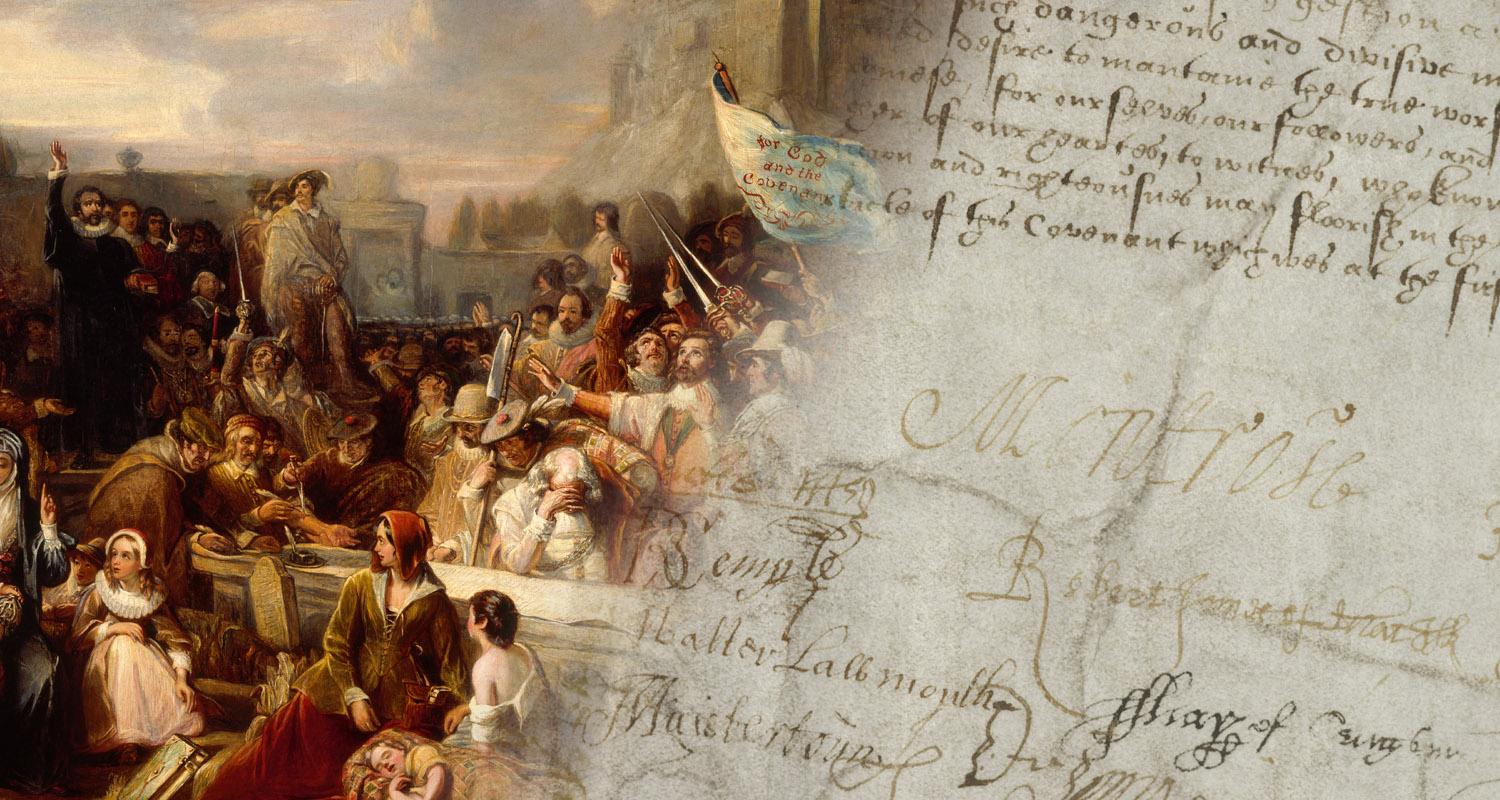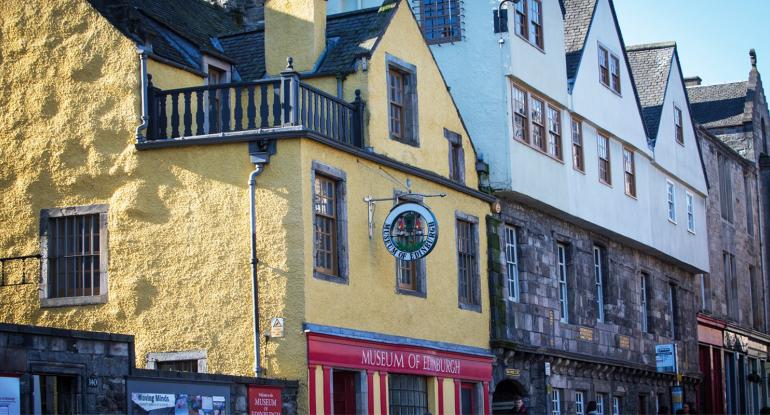The Scottish National Covenant of 1638 was a defining moment in Scottish and wider British history. It triggered off a series of events which culminated in the British Civil Wars; its ghost was still keenly felt during the reigns of Charles II and James VII & II, and it continued to haunt our more recent history. Each generation of historians has projected the attitudes, trends and politics of their own time back on the Covenant. Was it a unifying early attempt of Scottish Independence, a bold statement upholding the Protestant succession or an inconveniently violent episode in Scotland’s journey to becoming a modern nation?
Interpreting the Covenant for modern audiences is mired in countless myths, inaccuracies and complications. In this talk, Nico Tyack will attempt to unlock the secrets hidden in this unique document. Join us as we unpick fact from fiction, understand the origins and context of the Covenant, and take a close look at the fine example of the document displayed at the Museum of Edinburgh.
Nico Tyack has been working at Museums & Galleries Edinburgh as Collections Information Officer since 2010. During this time, he has built up a wealth of knowledge about the collections here, and a particular interest in the early modern period of Scottish history.
Edinburgh is 900 Years Old!
In 1124 King David I introduced a new system of local government into Scotland by creating royal burghs as part of his efforts to reform the nation’s economic and political structures.
Edinburgh was one of his first royal burghs, along with Berwick, Dunfermline, Roxburgh and Stirling.
While there is no surviving founding Edinburgh charter, an 1127 Dunfermline Abbey royal charter refers to ‘my burgh of Edinburgh’. In 1128, Canongate Burgh was created for Holyrood Abbey.
After the Reformation, Edinburgh spent considerable effort acquiring the former abbey’s lands over the following 200 years. It acquired Canongate then created a new burgh for South Leith in 1636. The burghs of Broughton, Calton and Portsburgh were also acquired and run by Edinburgh. This complex system of governance was abolished in 1856 when all burghs under the management of Edinburgh were merged into a single burgh.
In 1833, Portobello and Leith were made independent parliamentary burghs under the Burgh Reform Act. They ran their own affairs until amalgamated into an expanded Edinburgh in 1896 and 1920, respectively. 1975 saw the last expansion of the city’s boundaries, including Queensferry, which had been made a royal burgh in 1636.
Edinburgh has selected 2024 to mark the start of the 900th anniversary of our city, and to tell the story of Edinburgh’s journey through the centuries from the 12th century City of David right up to the 21st century, the City of Diversity. Our talks at the City Art Centre will celebrate the 10 themes and will span a period of summer 2024 until August 2025.
So, you think you know your National Covenant?

